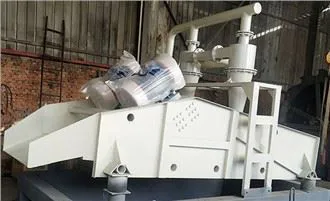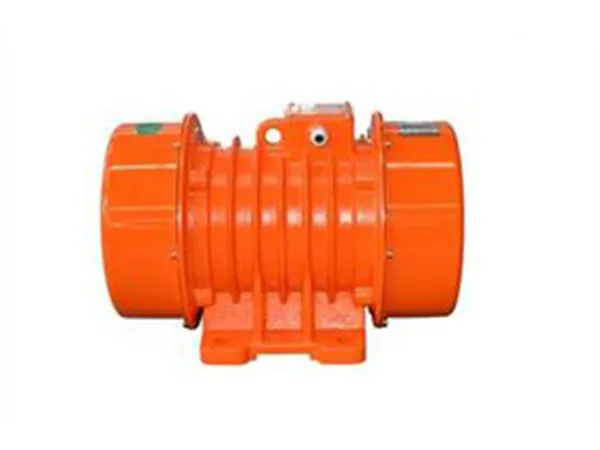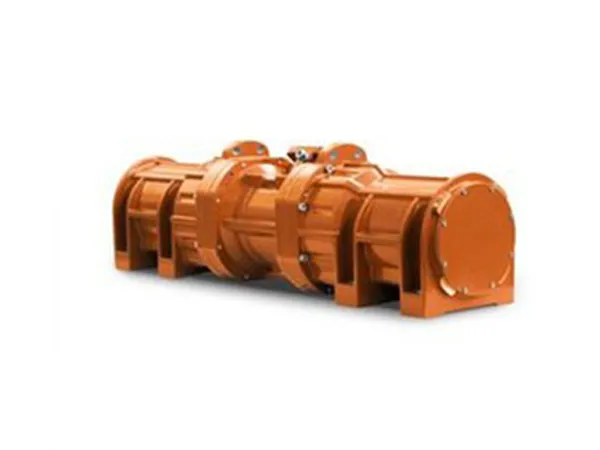
A mud sand separator, also known as a sand trap or sand separator, is a device used to remove sand, silt, and other sediment from water or wastewater streams. These separators are commonly used in industries such as construction, mining, oil and gas, and wastewater treatment to prevent sediment buildup and protect downstream equipment from damage.
Mud Sand Separator Use advantage
1. It can be used in conjunction with the sand washing machine on the sand production line, or it can be operated separately to improve resource utilization and achieve greater customer profits.
2. It can effectively reduce the loss of fine sand and keep it within 10%, and it can also solve the problem of high fineness modulus of finished sand and low stone powder content in stone production.
3. The fine sand in the stone material can be fully recovered, the workload of the sedimentation tank is reduced, the cleaning cost is reduced, and the customer's investment cost is low.
4. The fine materials produced in the production can be directly supplied to the market, and the accumulation time is short.
Durable Construction: Mud sand separators are typically constructed with durable materials such as steel or reinforced concrete to withstand the abrasive nature of sand and sediment.
Various Sizes: They come in various sizes and capacities to accommodate different flow rates and sediment loads, ranging from small units for residential applications to large-scale units for industrial use.
Modular Design: Some mud sand separators feature a modular design, allowing for easy installation, maintenance, and scalability to meet changing process requirements.
Efficient Separation: These separators use gravity or centrifugal force to separate heavier sediment particles, such as sand and silt, from the water or wastewater stream.
Low Maintenance: Mud sand separators typically require minimal maintenance, with simple designs and few moving parts.
Inlet: Water or wastewater containing sand, silt, and other sediment enters the mud sand separator through an inlet pipe.
Settling: Inside the separator, the flow velocity of the water is reduced, allowing sediment particles to settle to the bottom of the unit due to gravity.
Separation: As the sediment settles, clean water rises to the surface and exits the separator through an overflow outlet, while the settled sediment accumulates at the bottom.
Removal: Periodically, the accumulated sediment is removed from the bottom of the separator either manually or through automated flushing or scraping mechanisms.
Construction Sites: Mud sand separators are commonly used at construction sites to remove sediment from stormwater runoff, preventing soil erosion and protecting downstream water bodies from pollution.
Mining Operations: In mining operations, mud sand separators are used to remove sand and sediment from process water, ensuring the efficient operation of equipment such as pumps, pipelines, and settling ponds.
Oil and Gas Industry: They are utilized in the oil and gas industry to separate sand and solids from produced water, reducing equipment wear and preventing blockages in pipelines and separators.
Wastewater Treatment Plants: Mud sand separators are incorporated into wastewater treatment plants to remove sand, grit, and other abrasive solids from influent streams, protecting pumps, screens, and other treatment equipment.
Agriculture: In agricultural settings, mud sand separators are used to remove sediment from irrigation water, improving water quality and preventing clogging of irrigation systems.

VB series vibration motors are used as the excitation source of various types of vibration machinery, such as vibrating feeders, vibrating conveyors, vibrating ore discharge machines, vibrating sand shakers, vibrating screens, and vibration anti-blocking devices for silos, etc., and are widely used Electricity, building materials, coal, mining, metallurgy, chemical industry, light industry, casting and other industries.
READ MORE
VBB series explosion-proof electric vibrating motors for applications in the oil & gas sector and wherever safety regulations explicitly require explosion proof certification, according to the international standards in force in various countries.
READ MORE
The VLBL series vibration motors are a specialized type of electric motors designed specifically for generating controlled vibrations in various industrial applications.
READ MORECopyright © 2023 Xinxiang Zongyuan Machinery Equipment Co., Ltd. | All Rights Reserved.